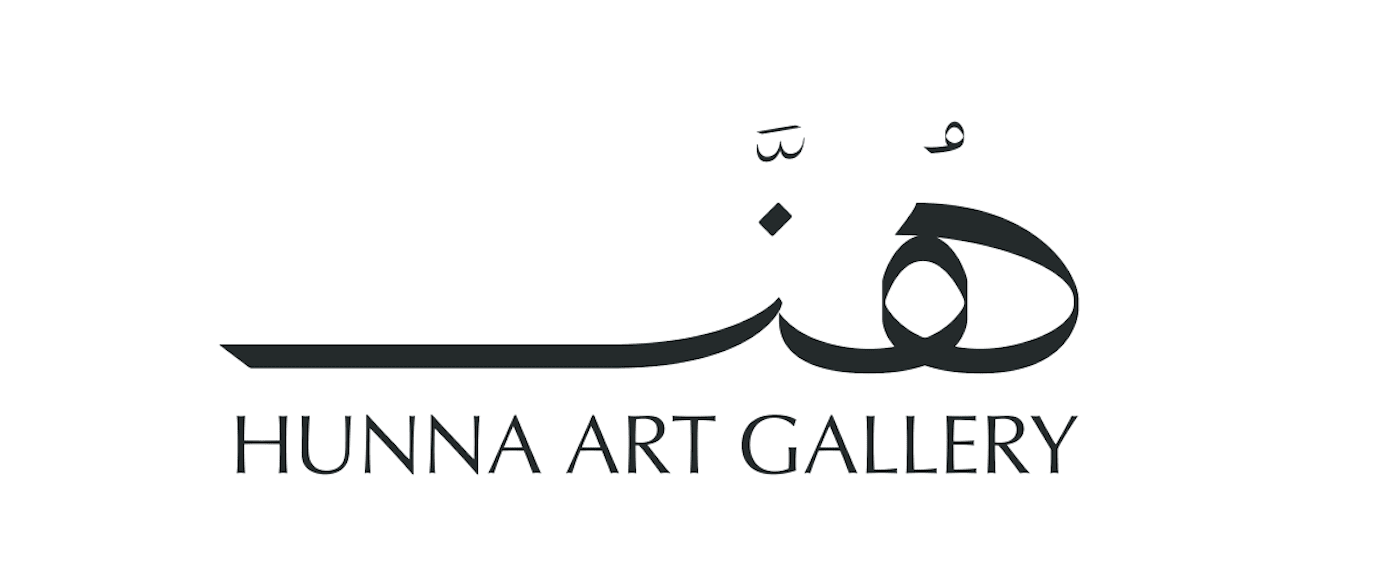Hunna Art, Kuwait, founded by Oceane Sailly, was one of the debutants at Abu Dhabi Art (Nov. 20 – 24). It was situated in the Emerge sector, where galleries presented artworks under US $3,000, thus inviting new collectors to engage with the vanguard of contemporary art. “Our curated selection features three women artists whose practices resonate with nuanced explorations of culture, identity, and mythology,” Sailly said.
Saudi artist Joud Fahmy’s practice centers on exploring women’s voices and expressions through mixed-media sculptures, predominantly using textiles. She often depicts the inner lives of women, challenging the cultural norms in Saudi Arabia that separate the public and private spheres. Dialoguing from textile sculpture, to art installations, she invites viewers to reflect on concepts of belonging, tradition, and modernity.
By translating concepts such as family dynamics and gender roles into tangible works, she also initiates dialogues between the traditional and the modern. Her artwork leaps over societal barriers, and is a catalyst for shifting meaning and reshaping culture. Mashael Alsaie, Bahraini multimedia artist, weaves together themes of ecofeminism and science fiction, with her current body of work drawing from Bahraini mythologies. Through text, image and glass, she reinterprets collective consciousness, reflecting on the myth of the Adhari Spring, in an interplay between history and the speculative.
Alsaie’s work has been featured in exhibitions at KBHG Basel (2023), Warehouse421 (2021), Misk Riyadh (2020), and PS122 New York (2019). She has been an Artist in Residence at Residency Unlimited in Brooklyn (2020), Salama Bint Hamdan Al Nahyan Foundation (2021), and Samt Alternative Art School (2022). Ain Adhari was a natural spring that was the centre of a community many years ago. It was fresh water bubbling up from below ground to a large natural pool, in the Zinj area of Bahrain. It later dried up. Now called Adhari Park, after remodeling, it is a pool of 500 square metres.
Zayn Qahtani’s work hovers at the threshold between the visible and the experienced. Inspired by animism and the alchemical transformation of materials, she makes art with pigments drawn from nature, recycled bioplastics, and organic matter. Giving life to inanimate objects, she makes them significant vessels of mythology, emotion, and personal history.
Drawing on ancient cultures and nature’s diverse ecosystems, visual stories are formed, which seem to exist in the twilight zone – too distorted to be real, too familiar to be a dream. Her figures seem to be suspended in a space of no-time, and in this altered state, a sense of safety is offered, allowing the residents within the walls of her works, to explore life’s tender, nostalgic, and often painful feelings. Produced from recycled materials and hand-made paints and tools from plants and minerals, the works to take on a life of their own, pulsing with the energy of the land itself.
“Hunna Art’s participation in Abu Dhabi Art 2024 reflects our commitment to nurturing a new generation of artists from the Arabian Peninsula, offering collectors an exigent yet accessible entry point into contemporary art,” Sailly said. She began to take an interest in the development of the art market in the UAE in the early 2000s. “It was rapidly growing in Dubai, with the opening of many new art galleries in Alserkal and DIFC, the inauguration of international auction houses’ offices and the creation of Art Dubai, while Abu Dhabi was drawing attention by announcing the establishment of museums in collaboration with several leading institutions such as the Louvre and the Guggenheim,” she recalls. She closely began following the history of artistic and cultural developments in the UAE and earlier cultural policies such as the ones implemented in Sharjah.
Her second master thesis was dedicated to the development of contemporary art in the UAE. While the initial project was to focus on the art market, a few recurrent trips to Dubai and interviews with artists and art professionals brought her to expand the scope of her research and her thesis ended up focusing on three aspects: the history of contemporary art in the UAE starting from the creation of the Emirates Fine Art Society; the role of art patrons and institutions; and the consequences of the emergence of Dubai as an art region for the recognition of artists from the Arab world.
Hunna Art is an independent contemporary art gallery founded in 2021 and is dedicated to amplifying the voices of a new generation of women artists from or connected to the Arabian Peninsula and its diasporas. It fosters engagement and artistic experimentation. In only three years, Hunna Art has established itself as a pioneering platform, through a strong and innovative exhibition programme between the Arabian Peninsula and Europe, a strong emphasis on collaborations, the development of a residency network and a growing presence at international art fairs such as Abu Dhabi Art, Art Dubai, Art Paris, Menart and 1-54 and Cape Town Art Fair. The opening of Hunna Art’s first permanent space in Kuwait in October this year, has anchored the gallery in the region’s landscape while furthering its commitment to fostering dialogue around contemporary art practices.




